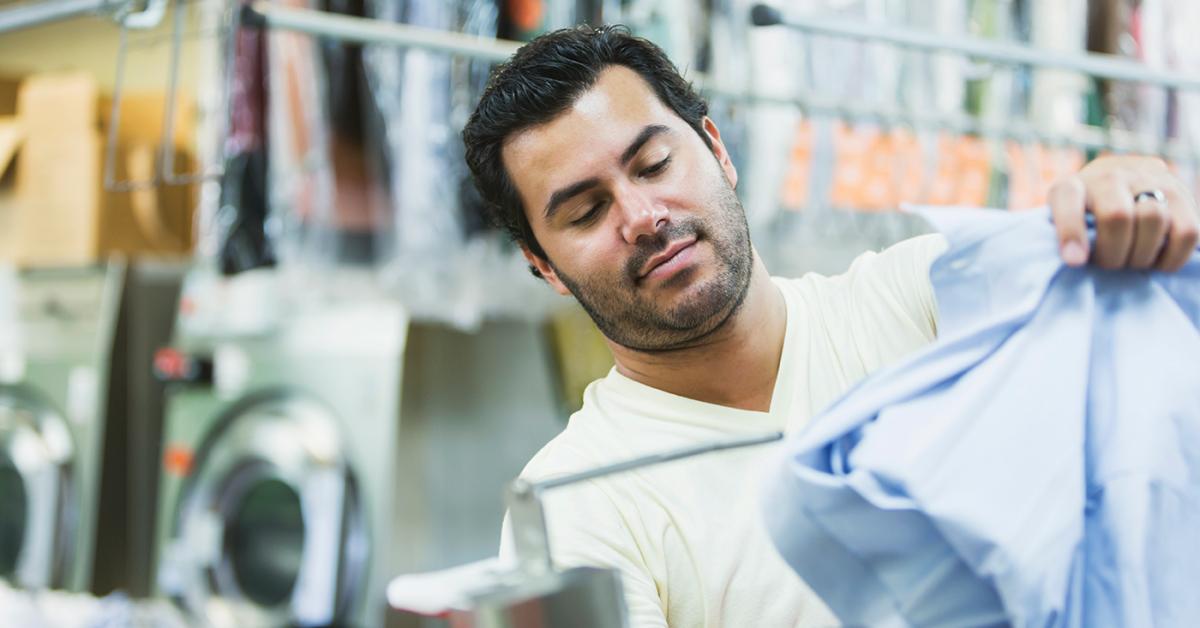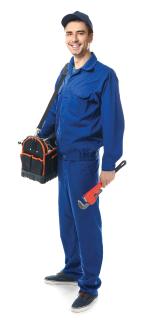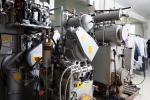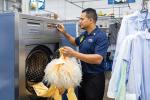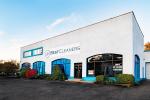CHICAGO — No matter how good a piece of equipment is, sooner or later, it comes time to make a change. In a machinery-intensive industry like dry cleaning, owners understand that keeping track of their equipment’s performance is vital to minimizing downtime and serving customer needs.
The worst time to buy new equipment is when a machine breaks and causes a crisis. What should a dry cleaner be looking for to signal it might be time to replace their equipment before it’s an emergency, or add upgrades to take advantage of increasing opportunities?
Time for Something New?
“Equipment age is a good starting place,” says Paulo Rocha, head of sales, HCS Business Unit for Miele Professional. “Drycleaning machines typically have a life span of 10 to 15 years. If you’re reaching the upper end of that spectrum, it’s likely time to start preparing to invest in new equipment.”
Vic Williams, eastern sales manager for Union Dry Cleaning, agrees with this assessment.
“Is it worth the money to invest in a 15- or 20-year-old machine, or is it better to reinvest in a new piece of equipment? Do you really want to spend X amount of dollars to fix something when you don’t know if something else is going to break on it tomorrow?”
Besides the cost of repair, loss of productivity is also a factor.
“You have to weigh the cost that, if the machine goes down that day, and how many days is it going to take to get the part and the labor to fix it,” Williams says. “Downtime is something to think about deciding when to replace equipment.”
“Another reason a lot of people change equipment, especially toward the end of the year, is to take advantage of tax benefits,” says Wesley Nelson, president of Sankosha USA. “If the cleaner is profitable in that year, their accountant might say, ‘You need to spend X amount of dollars to make the most of your tax benefits.’ If that’s the case, then look at what you can buy with that money to boost your business. Make that investment when you can.”
Other signs that it might be time for new equipment include frequent repairs of existing machines and decreased efficiency, says Rocha, “meaning higher energy consumption, longer processing times, and poorer product quality. All of these can be very disruptive to a dry cleaner’s profitability and overall operation.”
Looking to the Future
While their current machines might have gotten cleaners to where they are now, future success might require something new. Selecting machines that will meet today’s and tomorrow’s needs can be tricky.
“It’s important to stay informed of advancements in equipment technology that could disrupt the way dry cleaners operate,” Rocha says. “Operators should be looking at laundry equipment that is built with technological advancements in mind. Machines that offer longevity and programmability, for example.”
In addition to technology advancements, cleaners should also take their own advancement plans into account.
“If you ever want to grow the business, don’t buy a machine that’s too small,” Williams says. “You don’t want something that fits you perfectly right now. What if the competitor down the street goes out of business? What if you grow the business by taking on routes? Where do you want to be in five years with your business? Do you want to do what you’re doing now, or do you want to grow? You always need to think about the future, and get something that’s adaptable for that future.”
“The business owners and operators who are informed and flexible — meaning they are willing to try new things and explore new ways of conducting business — will win long-term,” Rocha says.
Come back Tuesday for Part 2 of this series, when we’ll discuss the decision to repair vs. replace, and some of the right questions to ask distributors or manufacturers.
Have a question or comment? E-mail our editor Dave Davis at [email protected].

